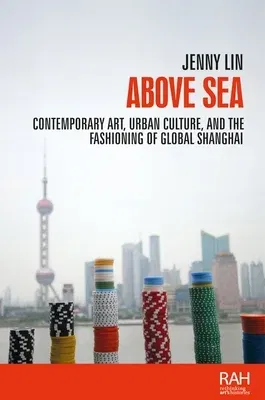Jenny Lin
(Author)Above Sea: Contemporary Art, Urban Culture, and the Fashioning of Global ShanghaiPaperback, 1 October 2020

Qty
1
Turbo
Ships in 2 - 3 days
In Stock
Free Delivery
Cash on Delivery
15 Days
Free Returns
Secure Checkout

Part of Series
Rethinking Art's Histories
Print Length
200 pages
Language
English
Publisher
Manchester University Press
Date Published
1 Oct 2020
ISBN-10
152615157X
ISBN-13
9781526151575
Description
Product Details
Author:
Book Format:
Paperback
Country of Origin:
US
Date Published:
1 October 2020
Dimensions:
23.39 x
15.6 x
1.42 cm
Genre:
Asian - Chinese
ISBN-10:
152615157X
ISBN-13:
9781526151575
Language:
English
Location:
Manchester
Pages:
200
Publisher:
Series:
Weight:
394.63 gm